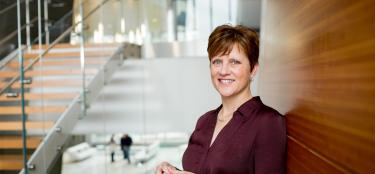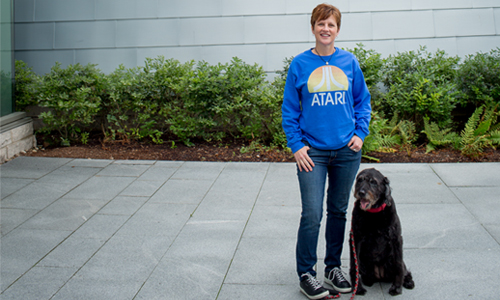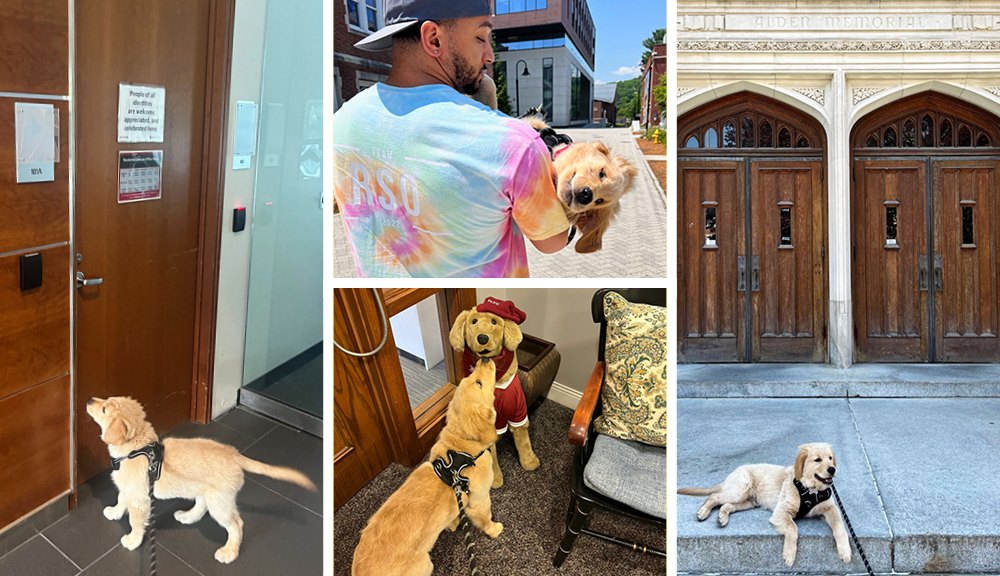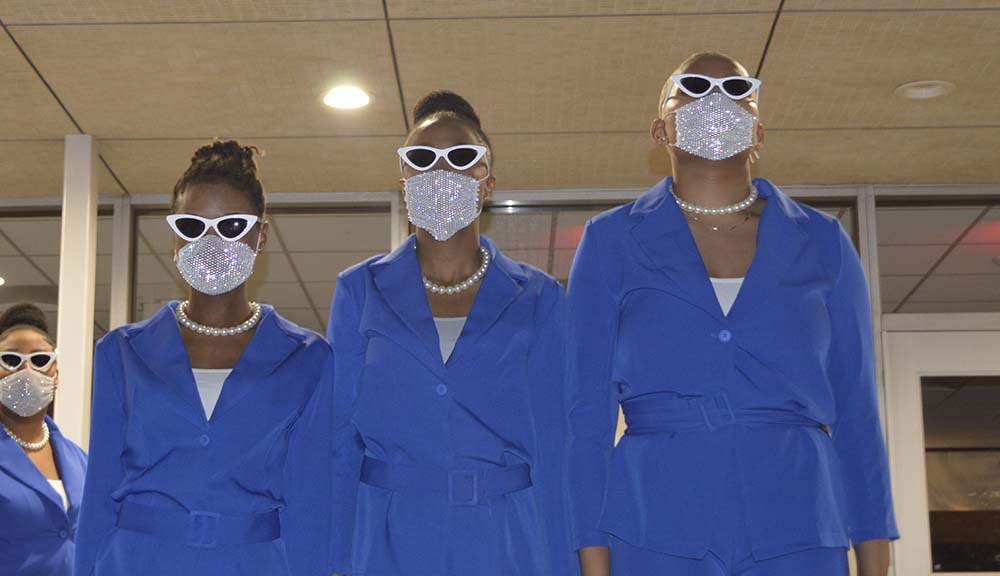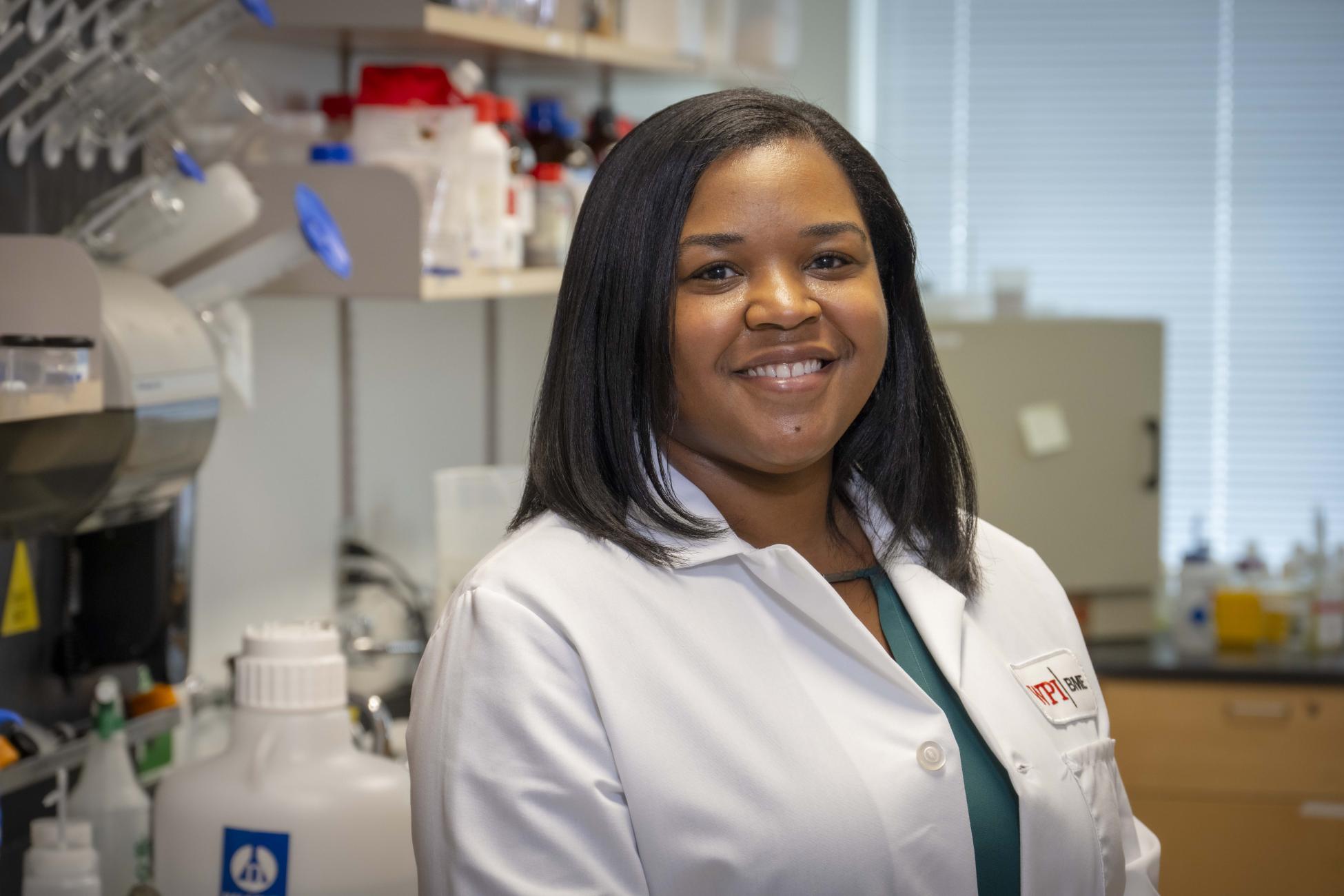Imagine, for a moment, that you’ve just heard a terrible sentence.
You have lung cancer.
Four terrible words, but you haven’t heard anything yet.
“Lung” is merely where the cancer lives—like a country, or even a whole continent. “Cancer” is not a single disease—it’s a blanket word for myriad ways that cells can go wrong. One small defect in a single gene sequence is enough to make cells multiply out of control. It’s important to know which one is affecting you.
A sampling of cells is sent off to a pathology lab, and more precise words come back. Adenocarcinoma, non-small cell lung cancer… it’s all a blur to you. Through gene sequencing, your mutation is narrowed down to a specific site. Now you have a label for your cancer: EGFR T970M. Even if your doctor translates some of that (EGFR stands for “epithelial growth factor receptor”) it’s still just a jumble of letters and numbers to you. To an oncologist, it’s like GPS coordinates—a precise location that can be targeted by a “personalized” therapy—if only your doctor can sort through the massive heaps of scientific research that is published every day and zero in on the information that could help you.
Fifty ways to name your cancer
Sitting in a sleek office along the steel-and glass spiral of The Jackson Laboratory (JAX), in Farmington, Conn., Sue Mockus opens her laptop and demonstrates how hard it can be to pinpoint the right information. She types in your mutation—EGFR T790 M—and instantly gets 1,419 hits on the Pub Med database. Google Scholar returns more than 20,000 article titles. “Your doctor doesn’t have time to read through all that,” she states flatly, in her no-nonsense manner.
Mockus then runs the same search the independent, nonprofit biomedical research organization’s genomic database—the JAX-Clinical Knowledgebase. It’s her baby, so she gets to call it by its pet name—CKB. This time, the screen displays an orderly grid that racks up the relevant results by category. There’s detail on the known cancer gene variants, and links to targeted treatment options. By clicking on the “Efficacy Evidence” tab, your doctor can find out which drugs are FDA approved, which are in clinical trials, and which trials might be open to patients like you.
“I call it a digital and dynamic encyclopedia of cancer mutations,” Mockus says. She’s quick to point out that the software doesn’t make treatment decisions—it’s a tool that helps doctors and researchers zero in the relevant findings. Unlike other databases that are crowd-sourced, CKB is professionally “curated” in-house by the team of PhDs she leads, all of whom have the expertise and the hands-on lab experience to know a sound experiment when they see one. CKB also channels the nomenclature used by different researchers and publications through a standardized filter. “There’s 50 ways to say the same thing,” Mockus points out. “Part of the job of building CKB was to harmonize the vocabulary so they all speak the same language.”
CKB was born out of an in-house need at JAX, to address what Mockus dubs a “bottleneck” at the end of the bioinformatics pipeline. “We initially built this to support our own tumor testing lab,” she says. “People think the biggest challenge is in the wet lab technology [where tissue samples are analyzed]. But actually it’s not. The biggest bottleneck is interpreting all this information and communicating it back to physicians, so they can use it to help patients.”
Mockus didn’t have much of a blueprint when she first came to JAX. Her role—and the design-award–winning helix-shaped building—were still under construction. “I don’t even remember the job I actually applied for,” she laughs. “Nor did they know exactly what I was going to do when they hired me.”
After helping establish the wet lab, where DNA sequencing is done, and seeing no commercial product robust enough to organize the resulting data, she stepped up to the challenge of building the database from scratch. It launched publicly in 2016, and continues to evolve. (See sidebar.)
“I was given almost complete autonomy to take this from concept all the way through to business development,” Mockus says. “Science has always been my passion, ever since I started at WPI. But my job now is like being an entrepreneur within a non-profit enterprise. My business skills and an MBA (from Yale) enable me to do that part better.” She relishes the mix, from interacting with primary investigators on medical research, to managing product development and promotion, to working with the revenue-generating arm of JAX, which channels all surplus back into the lab’s non-profit mission of sustaining innovative research. Her satisfaction comes equally from growing the enterprise and from staying close to “the hottest science that’s going on.”
Bark for the cure
Recently, Mockus’s dream job went to the dogs—in a good way. Last year, an anonymous donation enabled JAX to expand its work with Tallwood Canine Cancer Research Initiative. With deadpan humor, Mockus reenacts the moment when her boss, Charles Lee, approached her with a formal request to utilize the CKB in the canine research project.
“Charles,” she replied, with exaggerated firmness, “Not only can you use it, but I love dogs, and I want to be part of this project.” As she puts it, “I basically inserted myself and took over the project.” Her outreach includes “onboarding” more veterinary practices to supply samples from “volunteers”—that is, dogs whose owners choose to provide cells from the naturally occurring tumors that were removed from pets. (No dogs receive care at JAX—the project’s goal is to closely study their gene mutations, with the hope that this knowledge will accelerate advances for both species.)
Canine cancers share many similarities with human, Mockus points out, and some cancers that are rare in humans are more common in dogs, which yields a larger sample pool. For example, osteosarcomas tend to affect large dogs, like Patrick, the shaggy Irish wolfhound that belongs to the Tallwood project’s initial donor. Patrick—who is not plagued by cancer—makes an endearing poster dog for project. He partners (and poses) with Mockus at fundraising events like the American Cancer Society’s BARK for Life, an outdoor day of fun and learning for dog lovers and their pets. “We’ve done so much on the human side,” she says, “getting away from these dirty chemo drugs that are highly toxic, to more targeted therapies and to immunotherapies. I haven’t seen that for our canine companions.”
